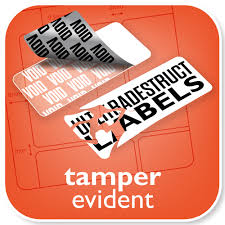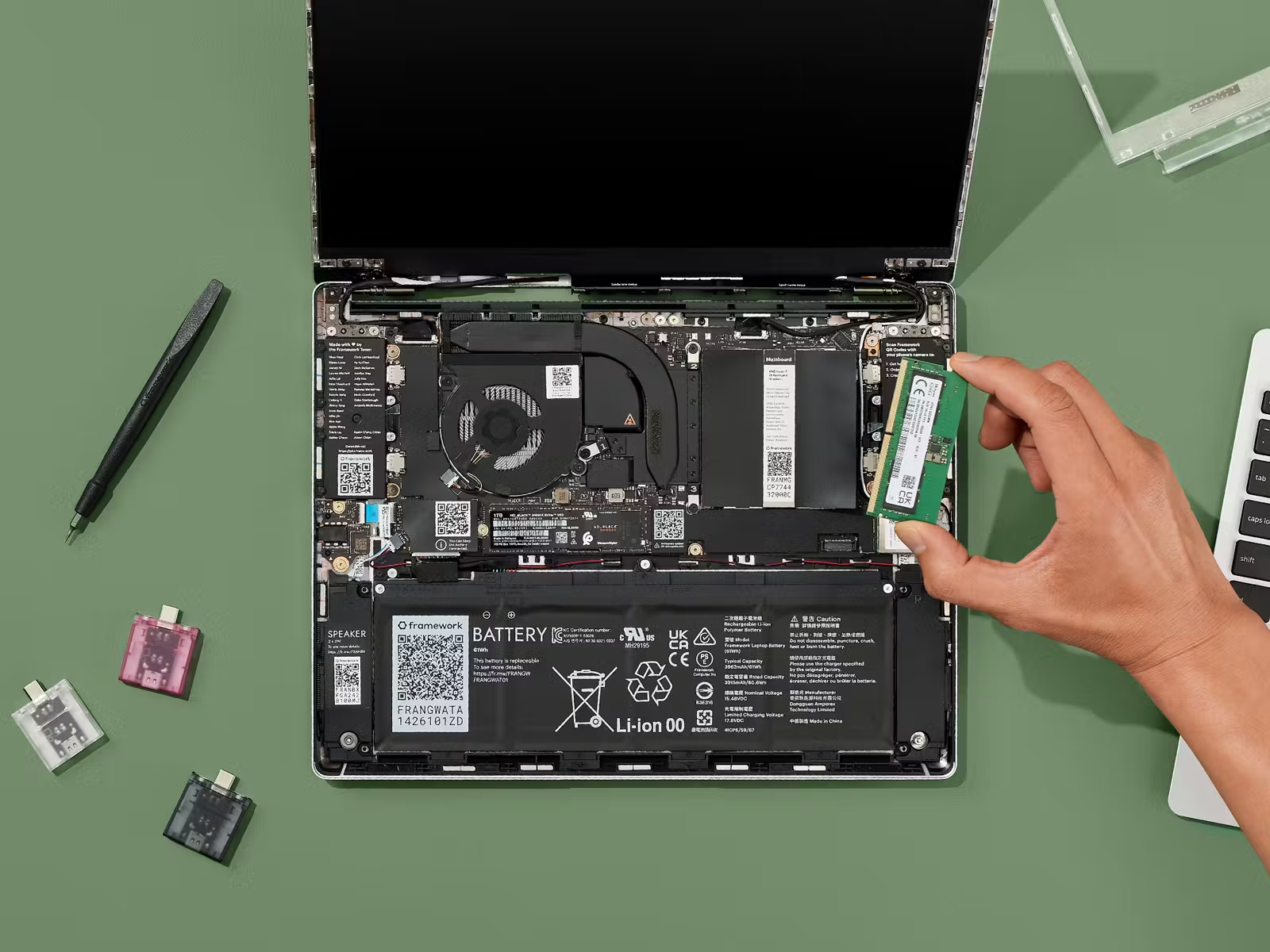Smart Product Cyber: Threat Mitigation.
- Yoel Frischoff

- Jun 30
- 8 min read
Updated: Jul 17
Part 2: Mitigation

Smart tangibles present enhanced utility, but also increased security, privacy and safety challenges.
As the line between software and physical product continues to blur, mitigation becomes more complex as it is essential. Protecting smart tangibles demands an integrated approach - where supply chain security, firmware integrity, and cloud-based safeguards are treated as a unified surface of risk.
This post is part 2 of Smart AND Secured? Think Again.
Table of Contents
What's To Be Done?
Designing for Resilience
Mandating Secure Authentication Defaults
Security by Update
Standardization and Regulation
Privacy as Product Differentiator
Third-Party Audits and Certifications
Empowering Users
The Limits of Automation
Toward Ethical Smart Design
What's Not To Be Done?
Out in the Open
In the Shadows
What Can and Should Product Leaders Do About These Tendencies
Further Reading
What's To Be Done?
As a product manager specializing in smart tangibles, Security (with a capital S) is yet one more system requirements that should be taken into account, with minimal friction through user experience. While most aspects would be baked into hardware and backend levels, some will be externalized to the users, especially at the authentication layer.
Here are some recommendations, though your milage may vary:
Designing for Resilience
Principle:
Smart tangible products should assume hostile environments and users.
Practices:
Threat modeling early in the product design; designing with fail-safes, redundant paths, and hardware-level integrity checks.
Examples:
Physical anti tamper on higher security devices provide visible evidence to enclosure tampering. this may include adhesive graphic scratch off tapes, labels, wax seals (just as in the Roman Empire), and single use snap-off bands.
Mandating Secure Authentication Defaults

Image / Palmetto Security Group
Principle:
Smart devices must not rely on insecure, hardcoded, or shared default credentials. Authentication mechanisms should be resistant to common attack patterns, anticipating real-world user behavior and adversarial access attempts.
Practices:
Eliminate universal or default login credentials before shipping.
Require users to create strong, unique passwords during initial setup.
Enforce two-factor authentication (2FA) where remote access is available.
Use account lockout and rate-limiting to prevent brute-force attacks.
Restrict unauthenticated network access by default.
Secure local interfaces (e.g., Bluetooth, USB, debug ports) with user consent prompts or authentication.
These practices are aligned with FTC guidance, which stresses limiting unauthorized access by requiring authentication, limiting failed attempts, and logging authentication events to monitor for anomalies.
Examples:
Roku mandated 2FA in 2024 following a breach impacting over half a million accounts, enhancing login security across its ecosystem.
Ring added mandatory 2FA and better authentication UX only after significant public backlash in 2019, showing the pitfalls of reactive security design.
Nest (Google) experienced credential-stuffing attacks in 2019 due to password reuse, highlighting the need for built-in safeguards like breached credential detection.
Ezlo Smart Home proactively adopted multi-factor authentication as part of its onboarding and account setup flow, helping prevent unauthorized control of home devices.
Security by Update

Apple’s Secure Enclave / Apple Principle:
Devices must be designed to accommodate secure, ongoing updates to fix vulnerabilities discovered post-deployment.
Practices:
Implement secure update mechanisms using digitally signed firmware.
Prevent rollback to older, vulnerable firmware versions.
Notify users when updates are available and explain what changes are being made.
Design fail-safes to recover from interrupted or failed updates.
Examples:
Apple’s Secure Enclave ensures firmware updates are signed and authenticated before installation.
Google Nest devices use over-the-air (OTA) encrypted updates with user transparency.
Standardization and Regulation

Principle:
Regulatory frameworks help unify baseline security expectations and provide consumers with trust signals across products.
Relying on established standards, manufacturers can accelerate innovation while drawing on best practices that also reduce legal risks.
Practices:
Align development practices with recognized IoT security standards.
Participate in voluntary labeling programs to signal compliance.
Design for transparency and auditability in regulated environments (e.g., healthcare, automotive).
Examples:
ETSI EN 303 645: This is a globally applicable standard for consumer IoT cyber security. It covers all consumer IoT devices while establishing a good security baseline..
US Cyber Trust Mark: A voluntary FCC-led labeling initiative launched in 2023 to help consumers identify compliant, secure IoT devices.
FDA guidance: Mandates secure design and update strategies for networked medical devices, such as insulin pumps or pacemakers.
Privacy as Product Differentiator

Principle:
Respecting user privacy by design can become a competitive advantage, not just a compliance checkbox.
Practices:
Minimize data collection to only what is essential for functionality.
Enable on-device processing where possible to reduce cloud dependency.
Provide clear user consent flows and data visibility controls.
Examples:
Apple promotes on-device data handling (e.g., health metrics, FaceID processing) to reduce cloud exposure and position itself as privacy-centric - and is willing for now to pay the price in ai performance.
EU GDPR requires data minimization and user access to collected personal data - principles increasingly echoed globally.
Third-Party Audits and Certifications

Principle:
Independent security assessments validate vendor claims for seecurity, safety, and privacy by identifying vulnerabilities that developers may overlook - before products reach mass production.
Practices:
Engage third-party security labs for penetration testing and protocol validation.
Launch vulnerability disclosure and bug bounty programs.
Use third-party compliance frameworks to demonstrate maturity.
Examples:
HackerOne and Bugcrowd power responsible disclosure and bug-bounty programs for companies like DJI, Fitbit, and General Motors.
SOC 2, ISO/IEC 27001, and Common Criteria certifications are increasingly applied to IoT platforms handling sensitive data.
Google and Microsoft routinely publish security audit results and threat modeling outcomes.
Empowering Users

Empowering users / Wix Ai Principle:
Users are the first line of defense. They must be given clear information and tools to protect their own device and data.
Practices:
Provide educational prompts during onboarding about security and privacy settings.
Show clear device states (e.g., “camera is on” lights, permission icons).
Offer simple interfaces for permission management, device logs, and firmware updates.
Examples:
Ring added a security control center within its app after high-profile hacks to help users manage linked devices and logins.
iOS and Android show ongoing indicators (dots, status bars) when sensors like camera or microphone are in use.
TP-Link allows users to view and revoke cloud access via its mobile app’s “device status” dashboard.
The Limits of Automation

Principle:
Automation can enhance usability but must not obscure control or security-related transparency.
Practices:
Allow users to override or disable automated decisions, especially when data is shared externally.
Avoid black-box machine learning that affects safety-critical functionality without explainability.
Require explicit user input for actions like unlocking doors or authorizing transactions.
Examples:
Tesla allows manual override of its Auto-Pilot system and requires driver engagement for safety.
Smart thermostats like Ecobee allow manual control even when running AI-based energy optimization routines.
AI-driven door locks should include fallback PINs or key overrides to mitigate lockouts from false positives.
Toward Ethical Smart Design
Principle:
Security, privacy, safety, and user autonomy must be baked into the product development and operational lifecycle, not treated as afterthoughts.
Practices:
Cross-functional collaboration between product, security, legal, and ethics teams during ideation and testing.
Prioritize user agency: require consent, offer opt-outs, and make data use legible and granular.
Consider long-term social consequences of data collection, behavioral nudging, and opaque monetization models.
Examples:
Mozilla Foundation publishes an annual Privacy Not Included report to spotlight ethical gaps in consumer devices.
Framework Laptop and Fairphone embody repairability, transparency, and ethical sourcing in product design.
Apple’s App Tracking Transparency lets users deny cross-app tracking - reflecting a growing demand for ethical default settings.
What's Not To Be Done?
Out in the Open
Governments declare and conduct policies, along with international governing bodies, standards organizations - to protect their citizens from cyber security threats. These actions may start in legislation, regulatory actions, international cooperation.
On the other hand, governments have been known in the past to use regulation as a non-tariff-barrier in order to impede entry or rapid expansion of foreign companies, protect domestic manufacturing.
An outstanding example to this practice is the US ban on Huawei, the Chinese telecommunication giant:
In May 2019, the U.S. added Huawei to the Department of Commerce’s Entity List, barring American firms from doing business with it without a license. This followed the 2019 NDAA, which had already banned federal use of Huawei gear over national security concerns tied to the company’s links to the Chinese government.
The FCC later banned Huawei equipment sales, citing security risks. These actions disrupted Huawei’s global operations, cut revenues, and pushed it to develop alternatives to U.S. technology. U.S. pressure also led allied nations to reassess Huawei’s role in their critical infrastructure.
(You can read more about the impact on Huawei business in Wired article from June '17)
While the official rationale emphasized national security, many analysts highlight protectionist motives. Huawei’s leadership in 5G challenged U.S. tech dominance, especially given the lack of a domestic telecom giant.
The ban aligned with broader efforts to decouple from Chinese supply chains and stimulate domestic tech investment. Outlets like The Economist (Here too), Brookings, and CSIS view the policy as both strategic and economically motivated.
An even more recent the ban on Chinese electric vehicle use in government agencies in the UK was cast In 2025 by the UK government implementing measures restricting the presence of Chinese-made electric vehicles (EVs) at sensitive military sites.
Reports indicated that staff at facilities like RAF Wyton were instructed to park such vehicles at a distance from key buildings due to cybersecurity concerns. The Ministry of Defence’s directive was based on fears that embedded technology in these EVs could be exploited for espionage, potentially compromising sensitive data.
While not a blanket ban, this policy reflects the UK’s cautious approach to foreign technology in critical areas. The move aligns with broader efforts to safeguard national security amidst increasing integration of connected technologies in everyday assets.
In the Shadows
While governments publicly champion the protection of citizens and businesses from espionage, they frequently employ similar tactics themselves - typically under the banner of national security. Yet in some cases, these actions extend to surveilling political rivals, activists, and journalists, often without clear justification or judicial oversight, revealing a troubling use of power beyond legitimate defense.
Governments have repeatedly engaged in covert surveillance of their own citizens, targeting journalists, activists, and political opponents. In Hungary, Pegasus spyware was used to monitor investigative reporters and critics of the regime.
In Italy, intelligence officials were investigated for unlawfully surveilling judges and journalists tied to anti-corruption and mafia cases. In the U.S., the NSA’s mass surveillance programs, exposed by Edward Snowden, revealed widespread, warrantless data collection.
Germany’s BND also spied on domestic and foreign reporters. These cases show how democratic governments, citing security, often bypass oversight to suppress dissent.
Security Product Leadership
What can - and should - product leaders do about these tendencies?...
Product leaders occupy a critical junction between innovation, user experience, and responsibility. As smart products become vectors for surveillance - whether by governments, third parties, or internal misuse - leaders must take an active stance in defending user trust and civil liberties.
Design with abuse scenarios in mind
Anticipate not only technical failure, but intentional misuse of features (e.g., always-on microphones, location sharing). Ask: What happens if this is used against the user?
Push for transparency and control
Ensure clear communication around data collection, storage, and sharing. Give users genuine control - not just buried toggles or legalese.
Advocate for secure, privacy-respecting defaults
Don’t wait for regulators. Enforce end-to-end encryption, disable unnecessary telemetry, and avoid dark patterns that coerce consent.
Challenge questionable business requirements
Push back when leadership or clients demand functionality that compromises user agency. Align product integrity with long-term brand trust.
Lead internally by example
Foster a culture where security, ethics, and user respect are non-negotiable. Collaborate with legal, privacy, and engineering teams early in the roadmap.
Are you too considering security and privacy of your connected product users?...
Read more:
Further reading:
Federal Trade Commission Careful Connections: Keeping the Internet of Things Secure


















Comments